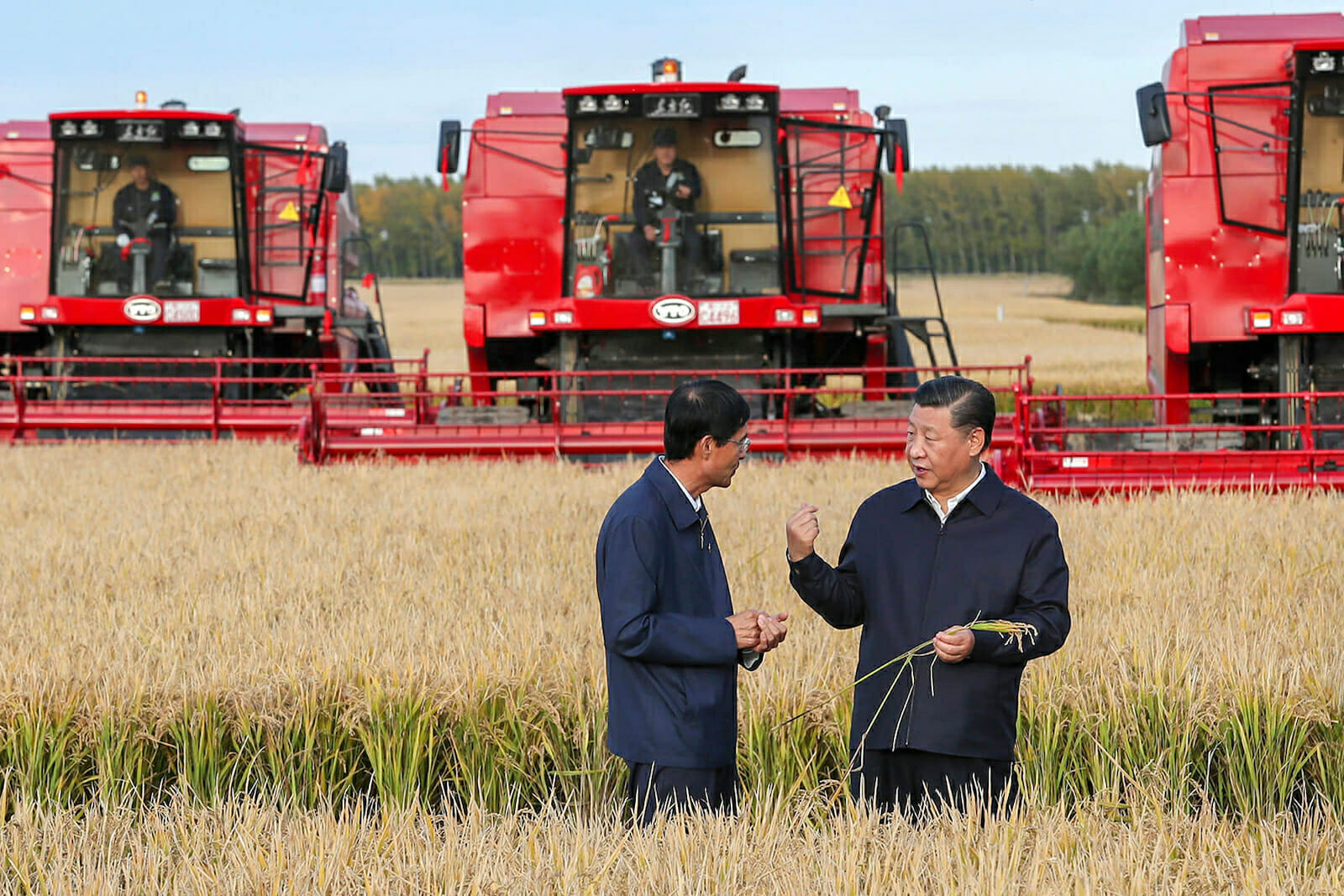
China is Struggling with Increased Food Prices and Shortages Due to the COVID-19 Pandemic
By some measures, China has had a very good pandemic. Despite COVID-19 first being identified in the country, in the last few months the Chinese government has had great success in limiting the spread of the virus and is slowly re-opening its economy.
Some analysts are even speculating that China can gain from the pandemic, draw South Korea into its sphere of influence, and become a much more dangerous adversary of the United States. At the same time, however, the Middle Kingdom is facing a problem that many would assume to have passed decades ago: food shortages.
Despite the difficulties being faced by many Chinese citizens at the moment, it’s important to realize that China is not the only country that has seen food prices rise precipitously in the last few months. According to FAO statistics, global food prices have been on the rise in recent months, as the cost of growing and transporting food has soared during the pandemic.
That said, the food price increase in China has been very dramatic for this year. According to the Chinese National Bureau of Statistics, food prices rose by over 11% over last year. In that same time period, the price of pork rose by over 50% and vegetables by over 6%.
These figures may sound very dramatic, but it’s also important to treat them with a healthy degree of skepticism. They have been reported, after all, by official government agencies in a country that is tightly controlled by a single party, and one that recently launched “operation empty plate,” to try and reduce food waste.
In addition, the prices quoted are for cash payments in large grocery stores. Today, however, many Chinese citizens have abandoned cash altogether in favor of digital currencies – as noted by Deutsche Bank, the technology features strongly in the country’s comprehensive tech strategy.
This is why many U.S. intelligence officials are worried that China could end up dominating the world of digital currency. Food prices in these currencies are not measured by official statistics bodies, and make up an increasingly large proportion of household spending.
Nonetheless, it does seem that China is caught in the middle of a perfect storm when it comes to food prices. The pandemic, as we’ve noted, has increased the cost of food production and distribution. Many workers have experienced difficulties with finding somewhere to work, which has resulted in a massive labor shortage.
To make matters worse, the lockdown order that went into effect in China early in 2020 caused many restaurants to close. This meant that they canceled their orders for raw ingredients, and many tons of grain, vegetables, and meat were completely wasted. This, in turn, meant that farmers’ profits went down, and they were unable to purchase seeds for the current planting season.
And it gets even worse. Last year, up to 40% of China’s pig population was killed by an African swine fever outbreak, and the recent economic difficulties have meant that this population has not recovered. This is one of the reasons why the cost of pork in China – a staple for middle-class families – has increased so much in the last year.
For some countries, shortages of this kind would not be a huge problem. The United States has been hit with similar problems in the food production infrastructure, for instance, but has circumvented price increases by importing more food. Ironically, some of this food was actually from China.
The problem for China is twofold. One is that it already produces some of the cheapest food in the world, making imports expensive by local standards. The other is that the countries it would look to import food from are being courted by the United States and are hesitant to be seen to be supporting China.
Whether this situation will change with the incoming Biden administration remains to be seen, but diplomats are skeptical. The incoming administration, it is reported, is hostile to the advanced surveillance infrastructure deployed by China, and wants to make back some ground in the U.S.-China tech race by further limiting the ability of third-party states to do business with the country.
Unfortunately, the humanitarian argument is not that simple. The U.S. might feel that protecting privacy and freedom of expression in the country is important, but so is access to affordable food. This means that, if the welfare of Chinese citizens is a concern of the incoming administration, it will have to take into account that the FAO is warning of general food shortfalls in China by 2025 if no reforms take place.
At the moment, the food shortage in China seems fairly well contained, and with over a billion yuan allocated to save the agricultural harvest in Hubei province, it seems unlikely that high food prices will continue past next year.
The current shortage, however, highlights that our food system might not be as secure as we assume it is, and that if the U.S. is falling behind in infrastructure spending, this could have as dramatic an effect on food prices as the cost of the smartphone in your pocket.

